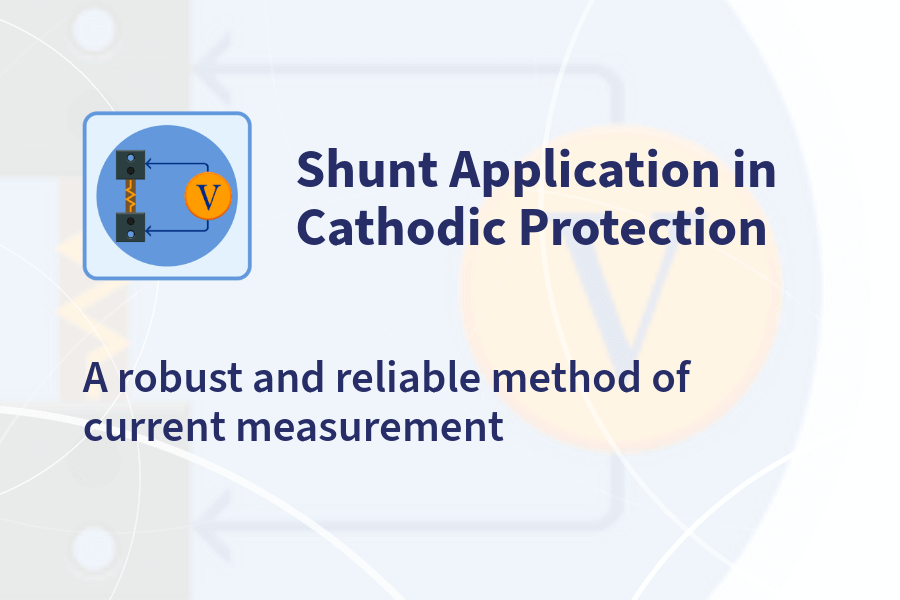
The shunt provides simple resistance, stable in high DC with low internal resistivity. It is a functional electrical component for continuously measuring the circuit’s current. Keep in mind that the clamp multimeter is not typically a precise instrument for low DC measurement. The reason is a low electric field level around the conductor passing low DC. We explain and discuss an easy measurement technique for this purpose in another post. It uses a multimeter to measure the potential difference of both sides and converts the measured potential to the current. However, using CCPTools, it is also possible to convert the measured potential of the shunt to the current. Here you can find some general recommendations for shunt application in cathodic protection.
Main Applications in Cathodic Protection
You can use the shunt in places where you need DC measurement. It is especially recommended in cathodic protection, where it adds to the maintenance of the system. Where should we use the shunt in a cathodic protection system?
- Distributed anode: When you have distributed anode systems, you have many positive outputs in your protection circuit. In this case, consider a shunt for each anode, so you can constantly monitor its performance and current output. When the anode or its cables fail, you can find it easily.
- Negative circuit: When you have a current return from each negative connection, you can get a good picture of the current distribution. Besides controlling the possible failure of a negative connection, the measured current is helpful for modifying or troubleshooting the system.
- Deepwell with string anode arrangement: The current output of each anode installed in a unique deepwell is not always an important parameter for protection evaluation. But, from a maintenance standpoint, it is helpful to know the current output and performance of each anode. Measuring the current passed through an anode helps to predict its likely design life and the groundbed. Moreover, if there is a failure, it makes it possible to check the cause, which is helpful for future prediction.
Special Applications
- Anode performance in internal vessels: For cathodic protection of internal vessels, sometimes the conditions are challenging and highly corrosive. In this case, installing a reference electrode is not easy, and the current output of the anode is an important parameter. This situation can happen for either sacrificial or impressed current cathodic protection systems. Therefore, anode current is valuable data and an indication of the correct performance of the CP system.
You will find a lot of helpful information about shunts in the CCPTools.